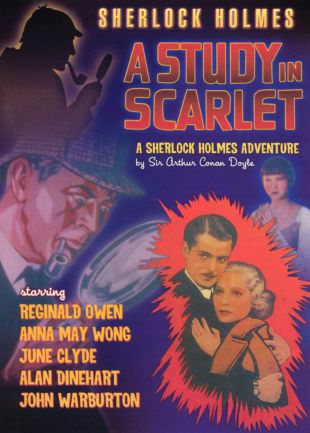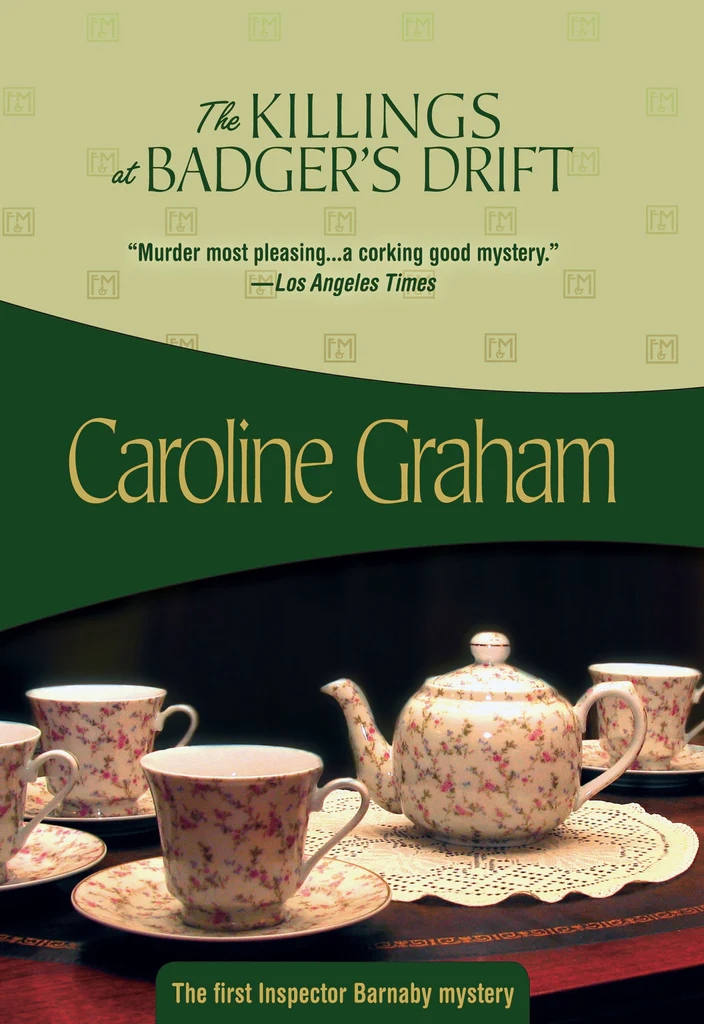
Originally Published 1952
Everyone in the small town of Central City, Texas loves Lou Ford. A deputy sheriff, Lou’s known to the small-time criminals, the real-estate entrepreneurs, and all of his coworkers — the low-lifes, the big-timers, and everyone in-between — as the nicest guy around. He may not be the brightest or the most interesting man in town, but nevertheless, he’s the kind of officer you’re happy to have keeping your streets safe. The sort of man you might even wish your daughter would end up with someday.
But behind the platitudes and glad-handing lurks a monster the likes of which few have seen. An urge that has already claimed multiple lives, and cost Lou his brother Mike, a self-sacrificing construction worker fell to his death on the job in what was anything but an accident. A murder that Lou is determined to avenge — and if innocent people have to die in the process, well, that’s perfectly all right with him.
Jim Thompson’s The Killer Inside Me is often cited as the author’s masterpiece. Certainly I think it remains his best known novel in spite of other books having had more popular movie adaptations.
The book, written in 1952, is also one of the earliest examples of a inverted crime novel featuring a psychopathic protagonist. There had been killers who killed multiple victims before and arguably even seemed to enjoy it but never with the degree of violence present here.
The novel concerns a Texas lawman, Deputy Sheriff Lou Ford. He comes from one of the older families in the neighborhood and has lived there all his life. The book opens with him being dispatched to chase a woman out of town who has set herself up as a prostitute.
When he encounters that woman, Joyce, he begins to get violent with her but rather than inspiring her to get out of town, it prompts the start of a sadomasochistic relationship between the pair. Lou enjoys himself but expresses the feeling that he is experiencing the symptoms of what he terms “the sickness” that has plagued him since his teen years when he sexually abused a young girl – a crime that his brother took the blame for.
Lou’s long-term girlfriend Amy Stanton, a schoolteacher from one of the most prominent families in town, becomes suspicious of his behavior and when Joyce expresses a desire to run away with him and get married he realizes that the situation can’t go on. He concocts a plan to kill Joyce and put the blame on Elmer, the son of a local construction magnate who he blames for the death of his brother. He carries the plan out but soon realizes that he is under suspicion, prompting further murders as he tries to clean up loose ends.
One of the reasons I had held off on reading this book until now, aside from my long-stated preference to avoid starting out with an author’s most famous work, is that I had heard that this was an incredibly violent novel. Certainly I do not think that people are wrong to say this – Lou is vicious, administering severe beatings that reduce his victims to a bloody pulp – but I think it slightly mischaracterizes the work. Thompson’s writing is not as explicit in the details of violence as that of some other hard-boiled from the decades that follow – what sets it apart is the focus on exploring how Lou feels during and after those events. We are put into the mind of a killer and it’s not a pleasant place to be.
I don’t want to spoil the later parts of the novel so the safest part to discuss in detail is the relationship with the prostitute Joyce. As I indicated earlier, this begins with an act of brutal violence and yet it seems to quickly turn into a relationship in which he abuses her body. I say seems because Thompson does not directly describe what they do, only the feelings it creates in Lou and we see their interactions outside the bedroom as she discusses wanting to run away with him. Assuming that Lou’s narration is truthful and accurate, something we have no reason to doubt as this is not presented as an attempt to convince the reader of a character’s innocence or guilt, the relationship seems quite consensual by this point.
Later, when Lou decides to murder her, we are reminded that he felt he was in love with her. Even if that is not the case it is apparent he is far more attracted to Joyce and feels he has far more in common with her than he does with the prissier Amy but Joyce is an inconvenience. She represents the side of him that he needs to cover up in order to fit into Texan society.
For years Lou had been able to hide the violent side of his personality by developing an “aw, shucks” persona and masking his fierce intelligence. His work in the sheriff’s department, attendance at weekly Bible classes and long-term relationship with Amy have led most to consider him to be a pillar of the community. Part of what makes this book so shocking is the way Thompson has him abuse their trust, acting viciously towards them and the people they love while looking them directly in the eye.
Thompson attempts to give us a psychological understanding of Lou, actually supplying us with a probable diagnosis by the end of the novel. That diagnosis is both medical and rooted in the exploration of an event from Lou’s childhood which is intriguing though I was not entirely convinced in the latter, perhaps because the details remain vague as Lou makes an active choice to repress them.
Some criticism I have read of the book focuses on the relative treatments of Lou’s violent acts when targeted at men and women. The argument goes that the novel is misogynistic because the murders of the women are more brutal, detailed and vicious while the murders of men are barely described at all. I agree that they are correct to describe those murders in that way however I feel that Thompson’s point is that Lou’s “sickness” is directed specifically at women and are tied up in that event from his past. That is to say that the violence aimed at women and the hypocrisy of American society on this issue is an intentional theme of the book rather than something that critics have revealed through textural analysis. That isn’t to say that it makes for comfortable reading however and I certainly would sympathize with anyone who finds it makes for a difficult or unpleasant experience.
If we switch perspectives a little and look at this as an example of an inverted crime story I think there are some further points of interest worth exploring. For one thing, this is much closer to a traditional inverted mystery story than any of the other Thompson works I have read so far. Lou develops something approaching a reasonable plan but there are flaws in it that the reader can discern and use to work out how everything might unravel. Several developments are clued pretty well in the text and while a few of those developments are complete surprises, I never felt cheated by the book.
Thompson attempts to portray a police investigation, albeit one that often operates in the background of his story with the protagonist not always aware of the details of what is going on. We focus on movements, motives and opportunity, although Lou attempts to subvert those investigations using his own knowledge and access, making it clear that this is not just the tale of a man committing crimes but also the efforts to bring him to justice.
It makes for pretty compelling reading, helped along by Thompson’s witty writing style. Lou is never someone you feel the slightest shred of sympathy for however, nor does he blend in quite as successfully as Nick Corey does in Thompson’s later novel Pop. 1280.
It is that latter point that I think ultimately makes that novel stand out to me as a more successful and complete work, even if it offers a less convincing explanation of its killer’s actions than this novel does. I would suggest that book is often funnier and lighter in tone, in spite of being just as violent. That, for me, is Thompson’s masterpiece and so, I suppose, I have to say that The Killer Inside Me is a little overrated (though it was the more influential work).
That is not to say however that it is a disappointing read or not worth your attention. While its themes and tone won’t be for everyone, The Killer Inside Me is certainly one of the milestone texts in the history of the crime novel and while that alone would justify a recommendation, I think it is an interesting read in its own right.




Leave a comment